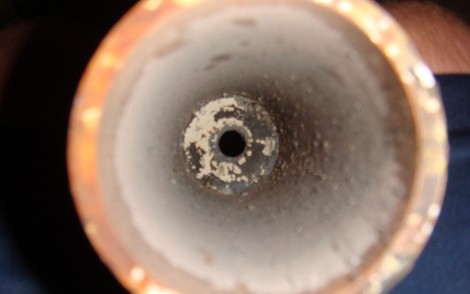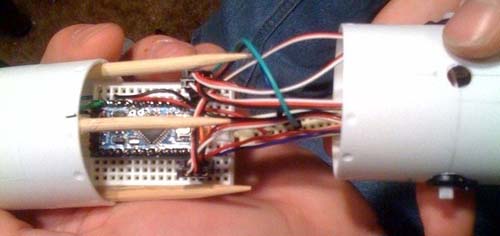[KoD] and [Navic] are building solid propellant motors using sugar and potassium nitrate. They cook up the two ingredients along with water and a bonding agent. They find that corn syrup is particularly good for bonding and that cooking the strange brew is more of an artform than science. Either way, the video after the break is proof of the dangers involved in this hobby. Testing the engine thrust with a bathroom scale ends badly for the scale.
There is something satisfying about the ingenuity that goes into the materials. For a casing they’re using PVC pipe, and forming a cone to focus the thrust by using a what amounts to plumber’s epoxy putty. The capping agent for the finished motor is ground up kitty litter.
This is an interesting read, but for now we’re going to stick to water rockets.




 [Jeff] and his team completed this
[Jeff] and his team completed this 









